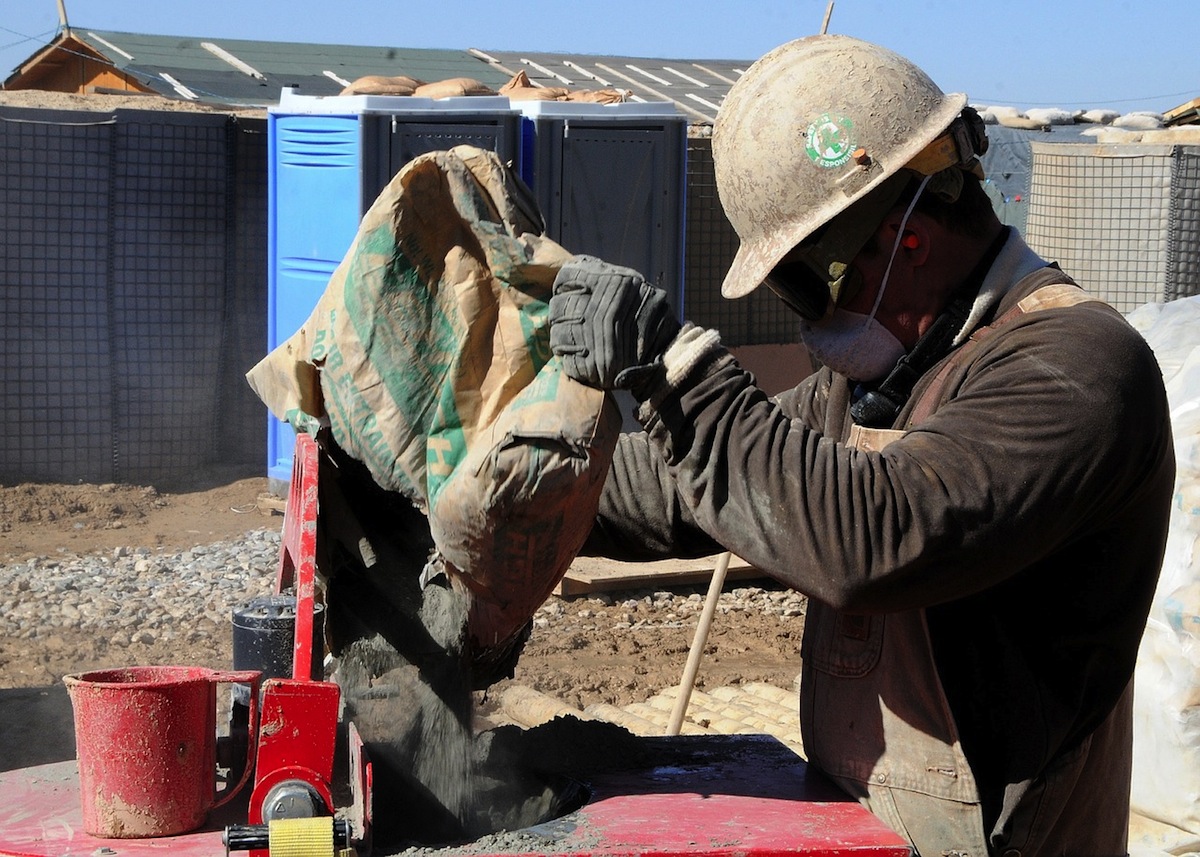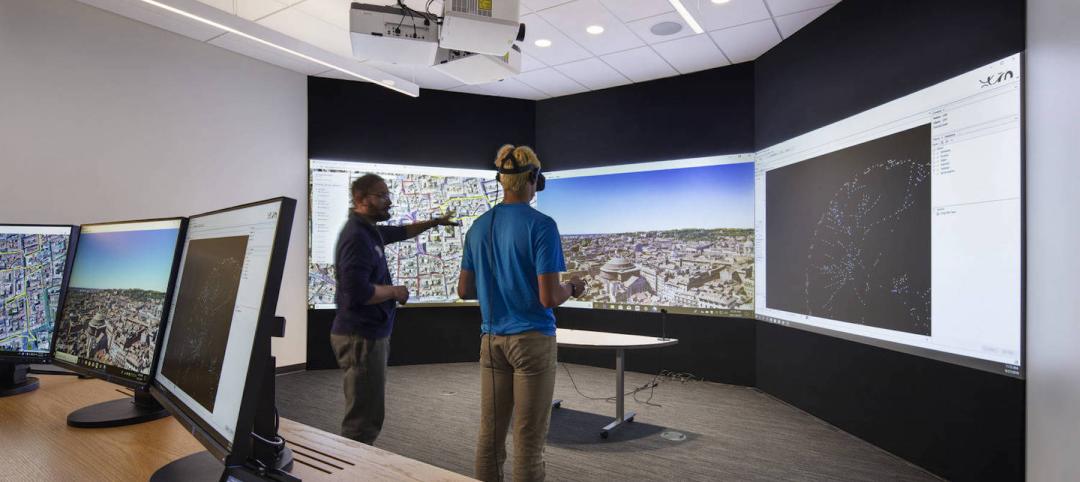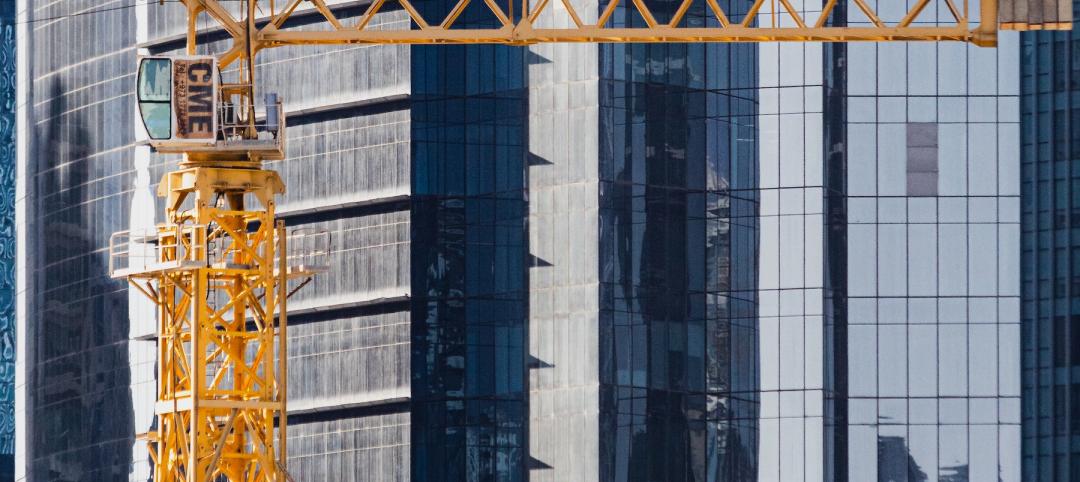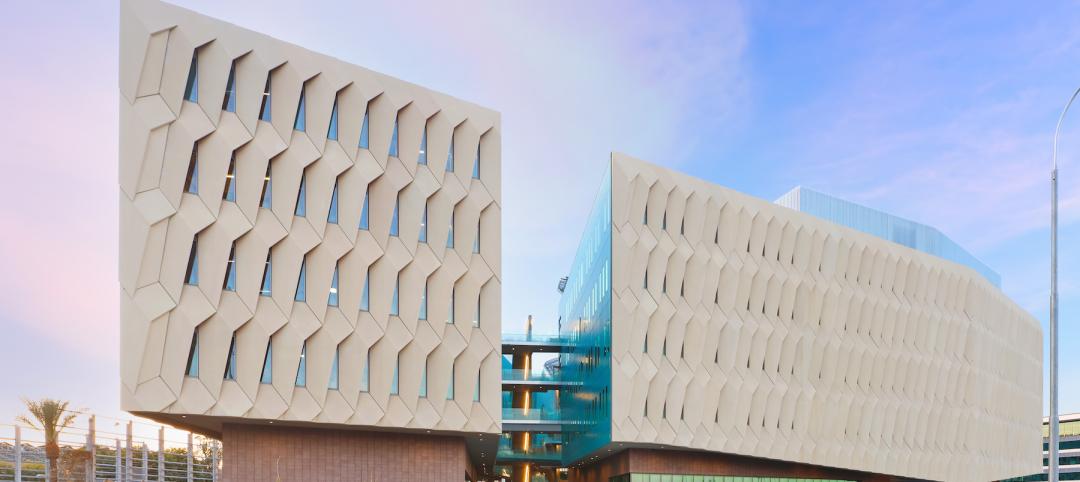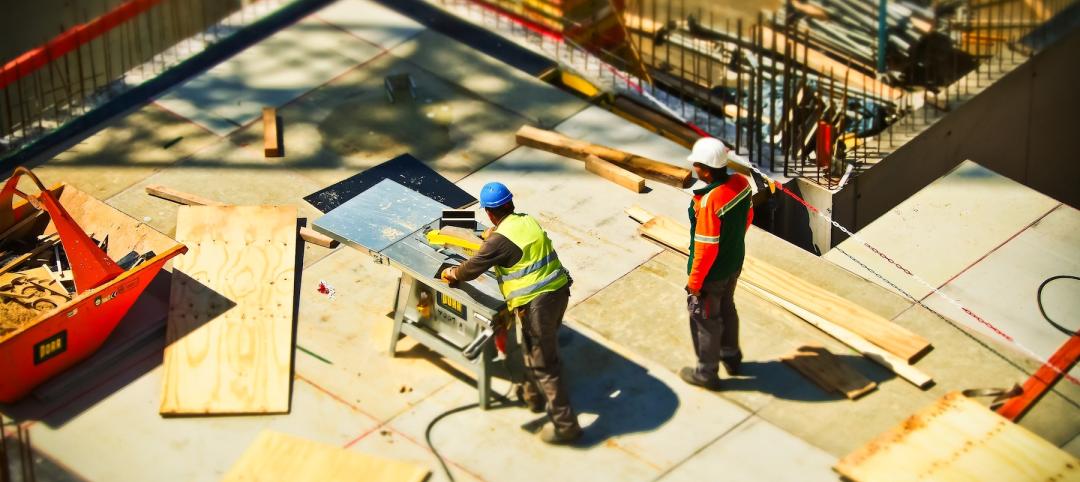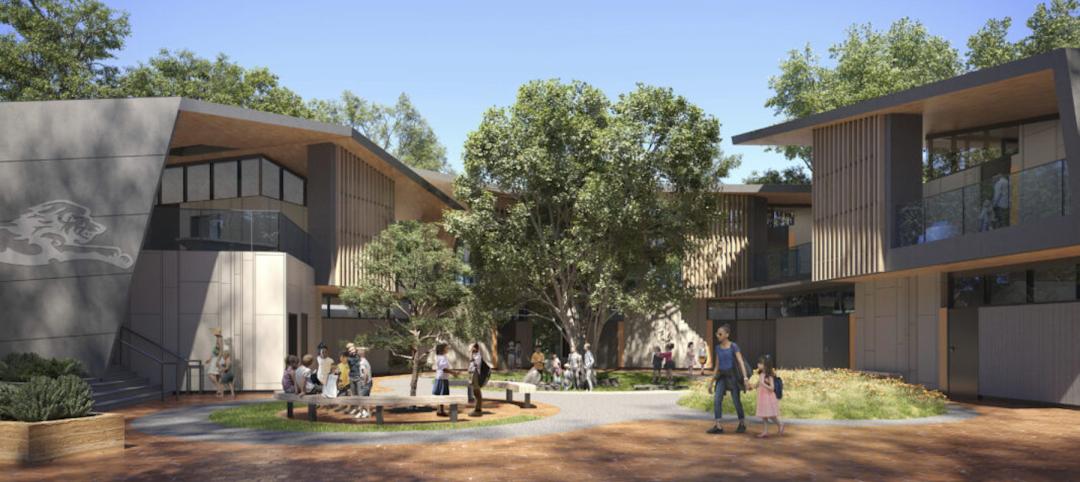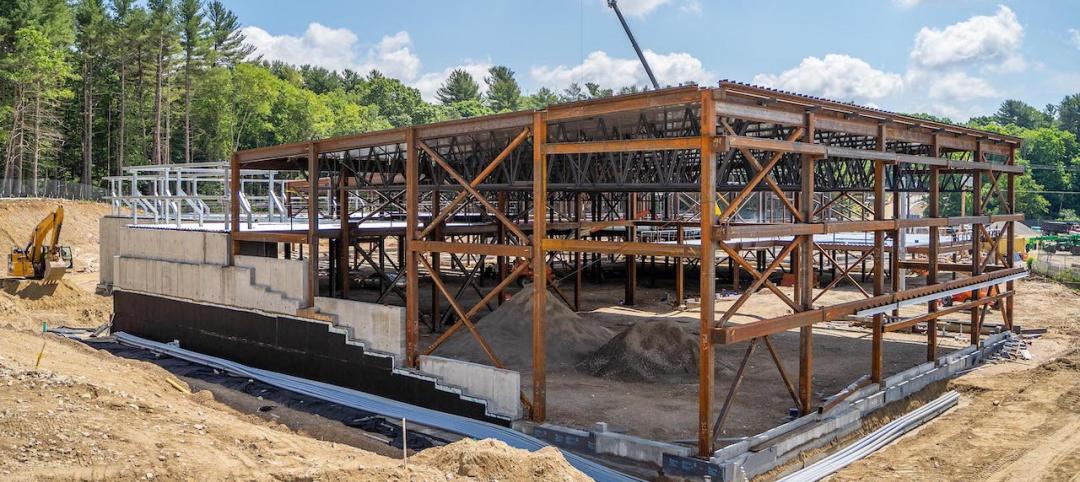Following an intense winter season, the Associated Builders and Contractors' Construction Backlog Indicator (CBI) revealed a 3.2% decline during the first quarter of 2015.
According to ABC, construction firms across the country reported a revenue-weighted average CBI of 8.4 months, 0.3 months below the final quarter of 2014.
The Northeast saw its backlog decline by 10.2%, a change of 1.04 months from the fourth quarter of last year. The Middle States reported a 0.7% decline to 0.05 months in construction backlog and the West experienced a 25.3% drop or 1.88 months. The South was the only region to report an increase in construction backlog as it rose 5.9% or 0.55 months.
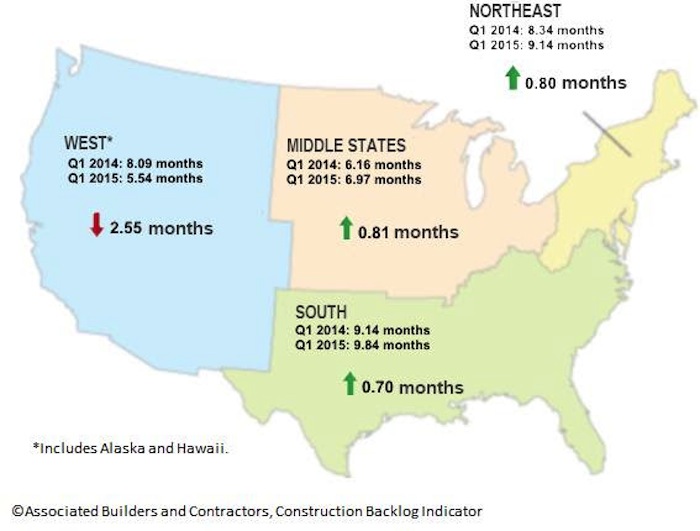
"Weather and a myriad of other factors always make the first quarter CBI difficult to interpret," said ABC Chief Economist Anirban Basu. "A brutal winter may have postponed project-related work, including the signing of contracts. The first quarters of 2012 and 2014 also experienced CBI declines that effectively were reversed during the ensuing second quarters."
Additionally, sharp reductions in oilfield investment affected companies in the Middle States while the West Coast port slowdown impacted firms on the western side of the country. However, the backlog should re-establish an upward trend as the year's warmer months approach and ports return to normal.
Despite the backlog decline, continued job growth, low fuel prices, and wage gains are expected to lead to an increase in consumer spending.
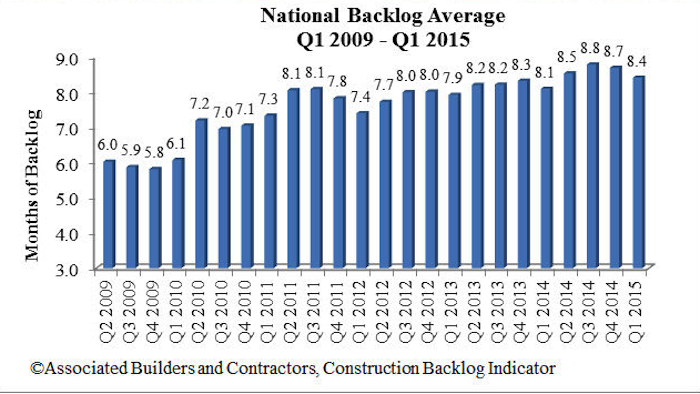
Related Stories
AEC Tech | Aug 8, 2022
The technology balancing act
As our world reopens from COVID isolation, we are entering back into undefined territory – a form of hybrid existence.
Legislation | Aug 5, 2022
D.C. City Council moves to require net-zero construction by 2026
The Washington, D.C. City Council unanimously passed legislation that would require all new buildings and substantial renovations in D.C. to be net-zero construction by 2026.
Cultural Facilities | Aug 5, 2022
A time and a place: Telling American stories through architecture
As the United States enters the year 2026, it will commence celebrating a cycle of Sestercentennials, or 250th anniversaries, of historic and cultural events across the land.
Sponsored | | Aug 4, 2022
Brighter vistas: Next-gen tools drive sustainability toward net zero line
New technologies, innovations, and tools are opening doors for building teams interested in better and more socially responsible design.
| Aug 4, 2022
Newer materials for green, resilient building complicate insurance underwriting
Insurers can’t look to years of testing on emerging technology to assess risk.
Sustainability | Aug 4, 2022
To reduce disease and fight climate change, design buildings that breathe
Healthy air quality in buildings improves cognitive function and combats the spread of disease, but its implications for carbon reduction are perhaps the most important benefit.
Multifamily Housing | Aug 4, 2022
Faculty housing: A powerful recruitment tool for universities
Recruitment is a growing issue for employers located in areas with a diminishing inventory of affordable housing.
Multifamily Housing | Aug 3, 2022
7 tips for designing fitness studios in multifamily housing developments
Cortland’s Karl Smith, aka “Dr Fitness,” offers advice on how to design and operate new and renovated gyms in apartment communities.
Building Materials | Aug 3, 2022
Shawmut CEO Les Hiscoe on coping with a shaky supply chain in construction
BD+C's John Caulfield interviews Les Hiscoe, CEO of Shawmut Design and Construction, about how his firm keeps projects on schedule and budget in the face of shortages, delays, and price volatility.
Codes and Standards | Aug 3, 2022
Some climate models underestimate risk of future floods
Commonly used climate models may be significantly underestimating the risk of floods this century, according to a new study by Yale researchers.


